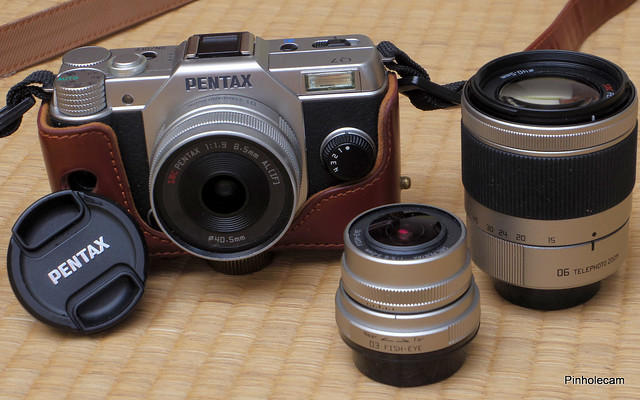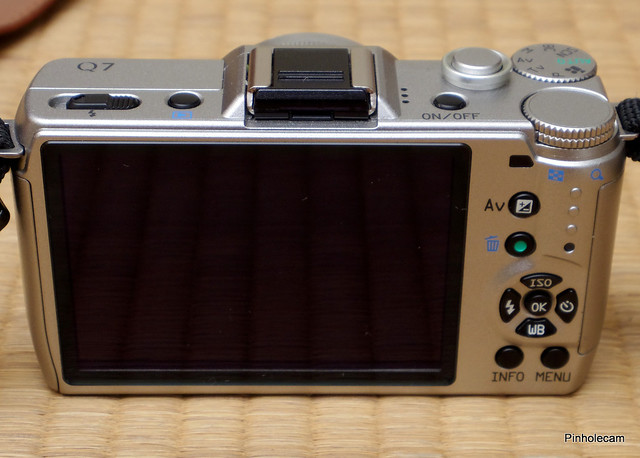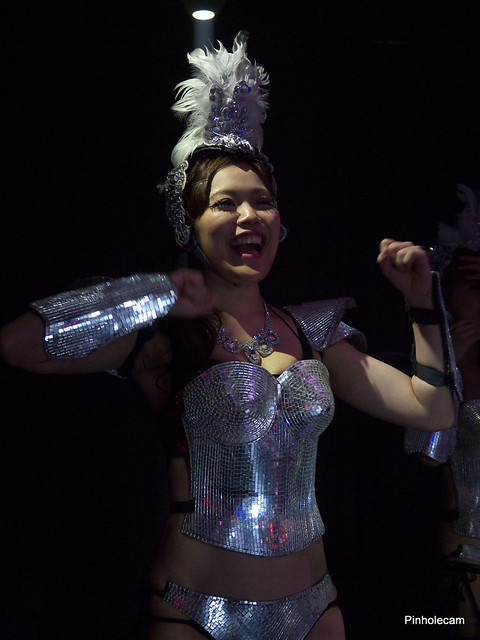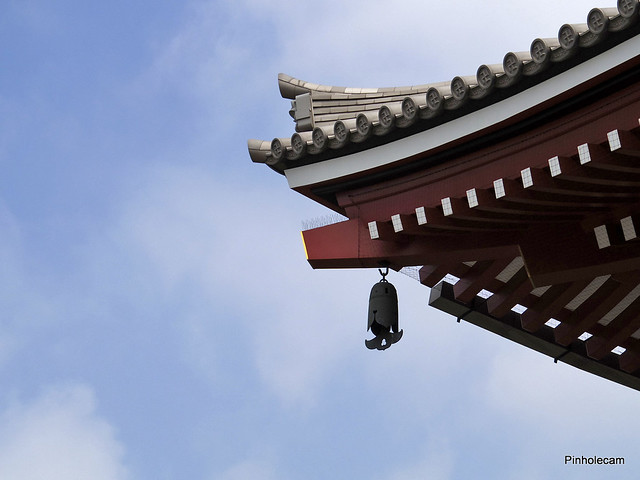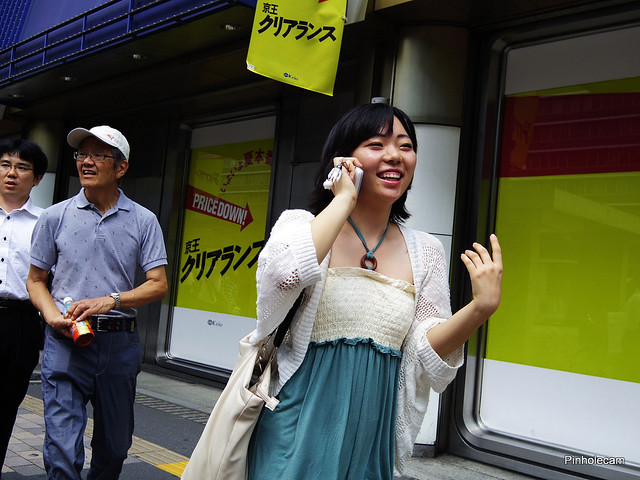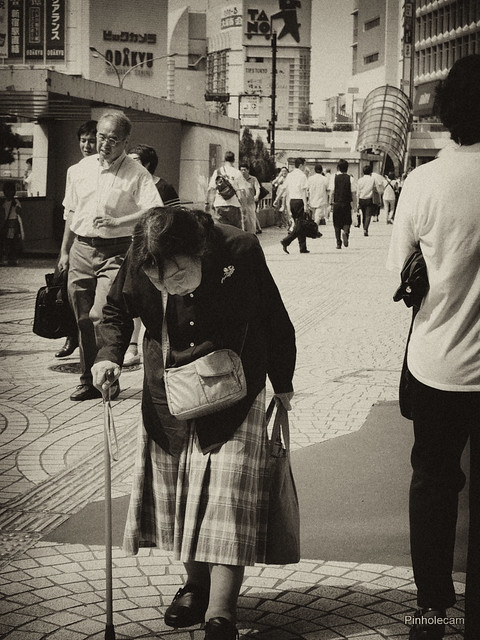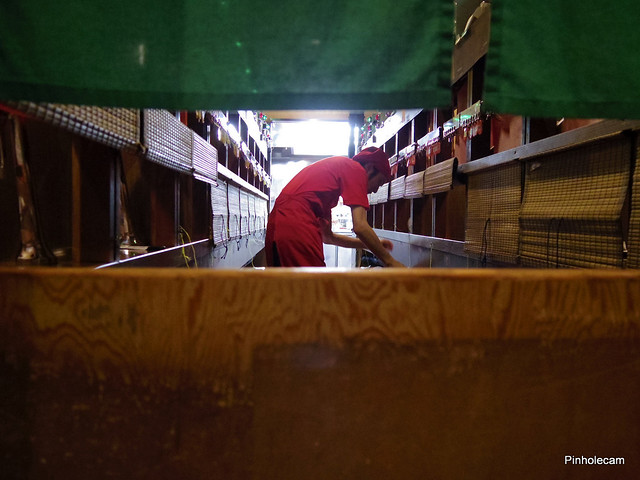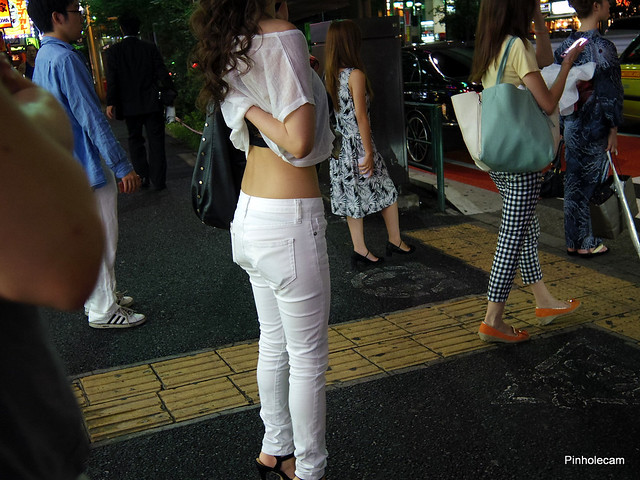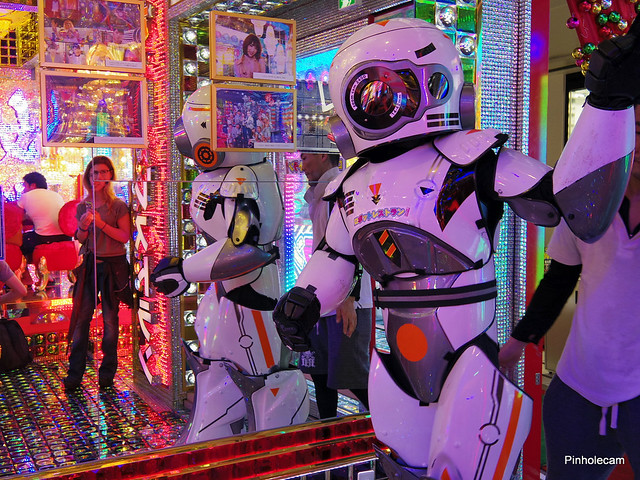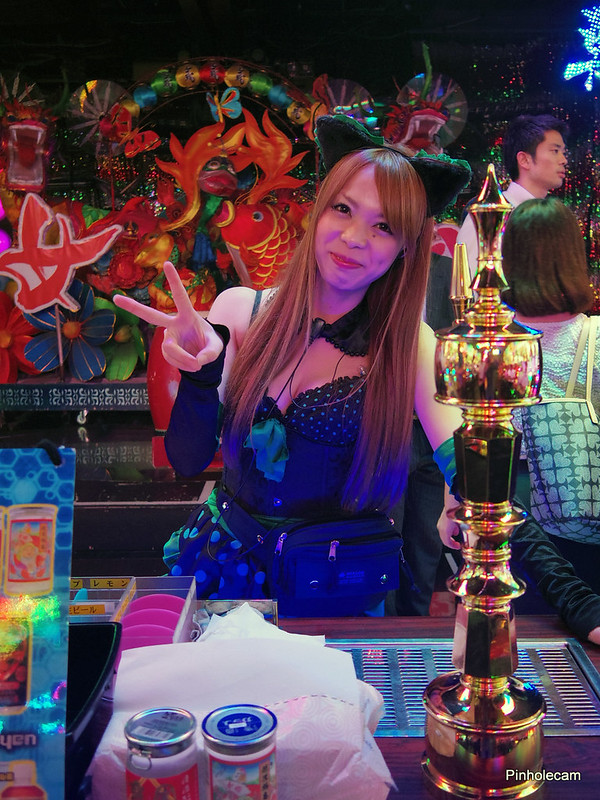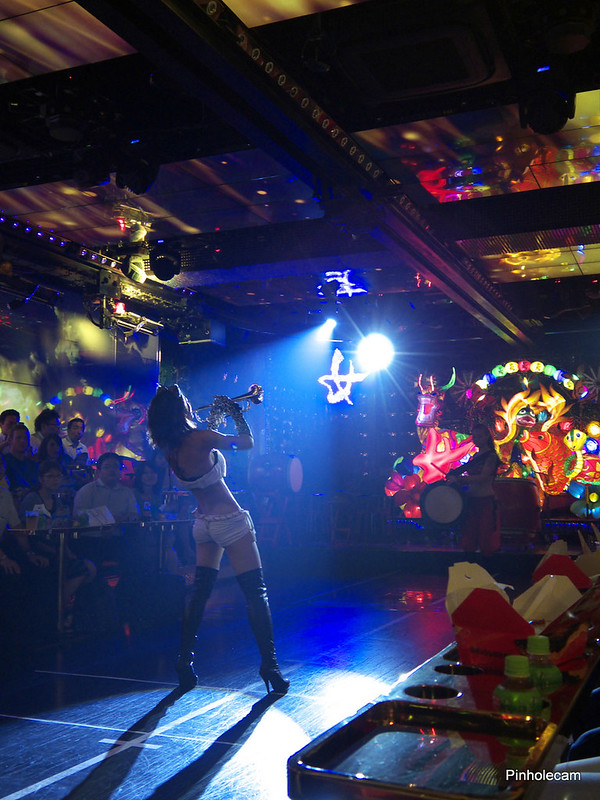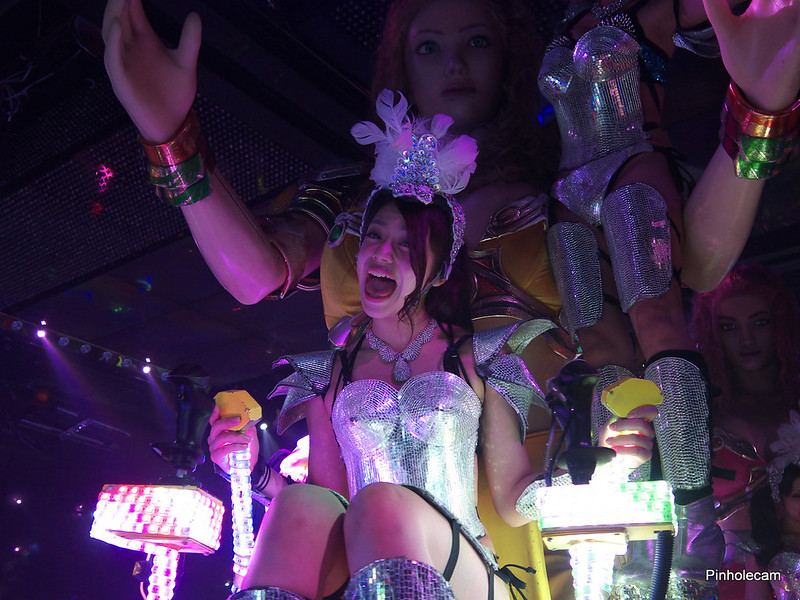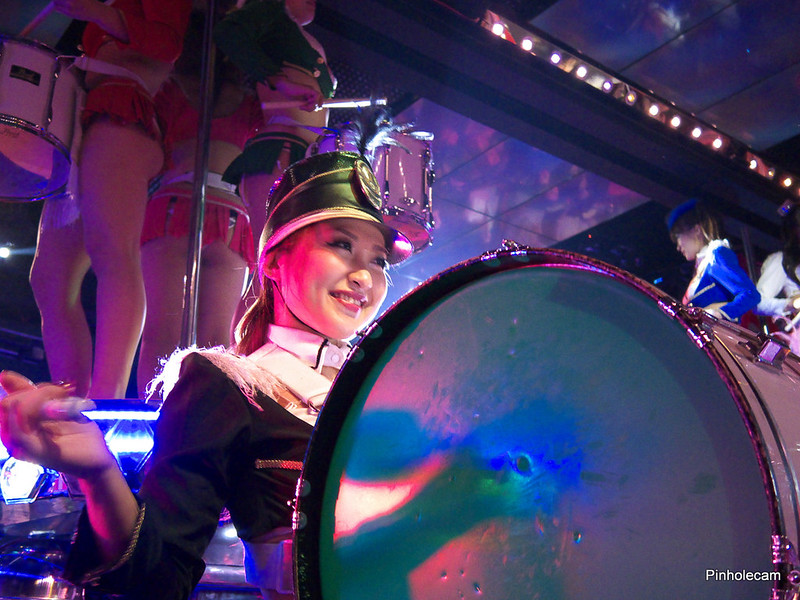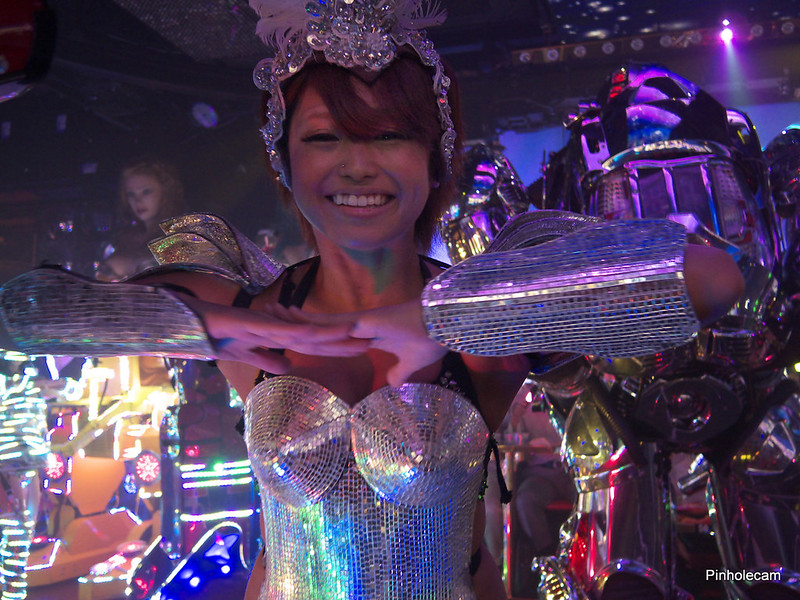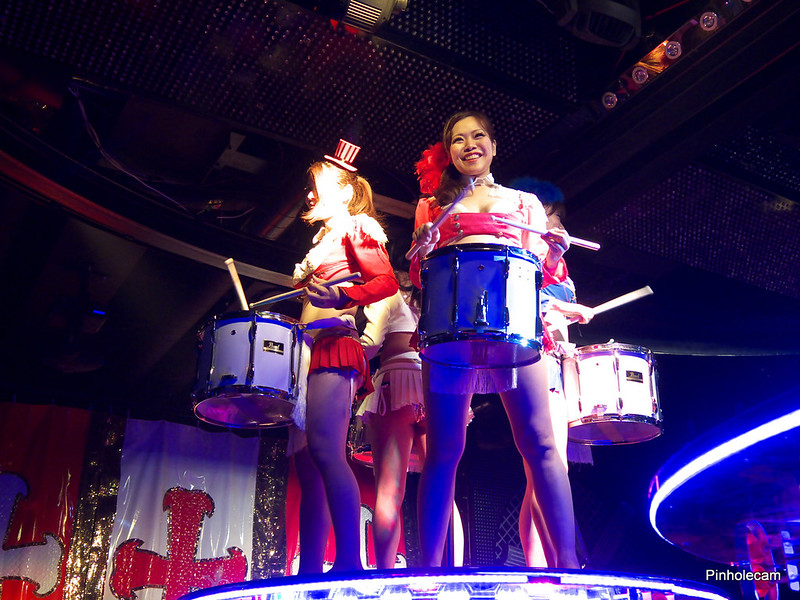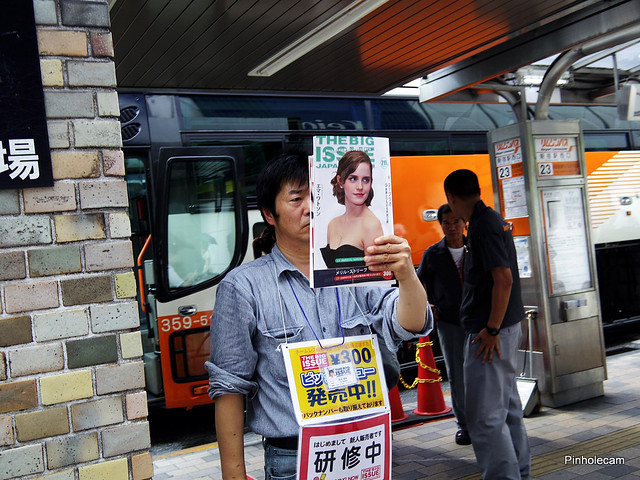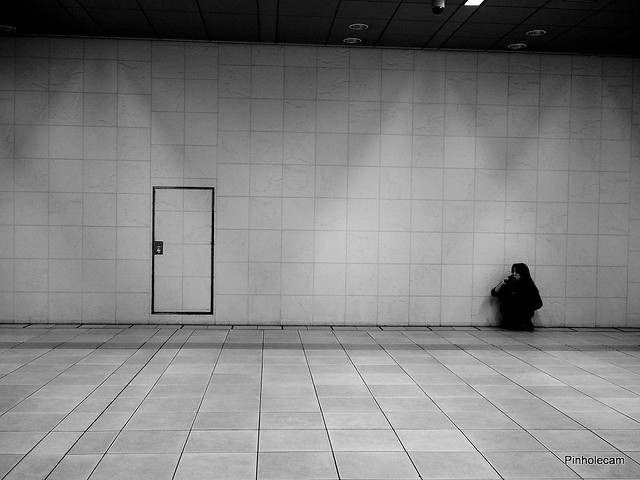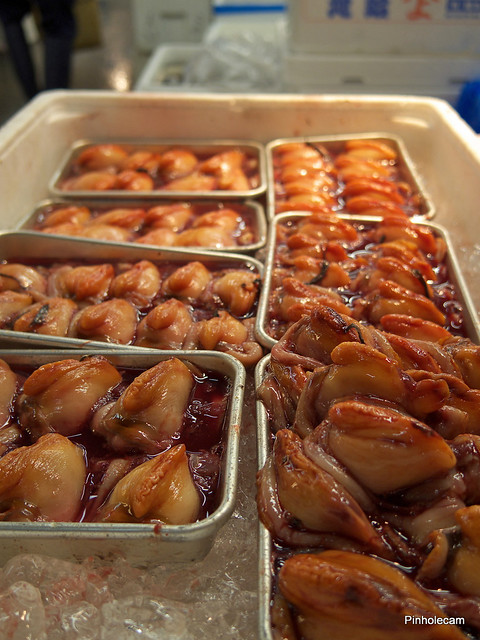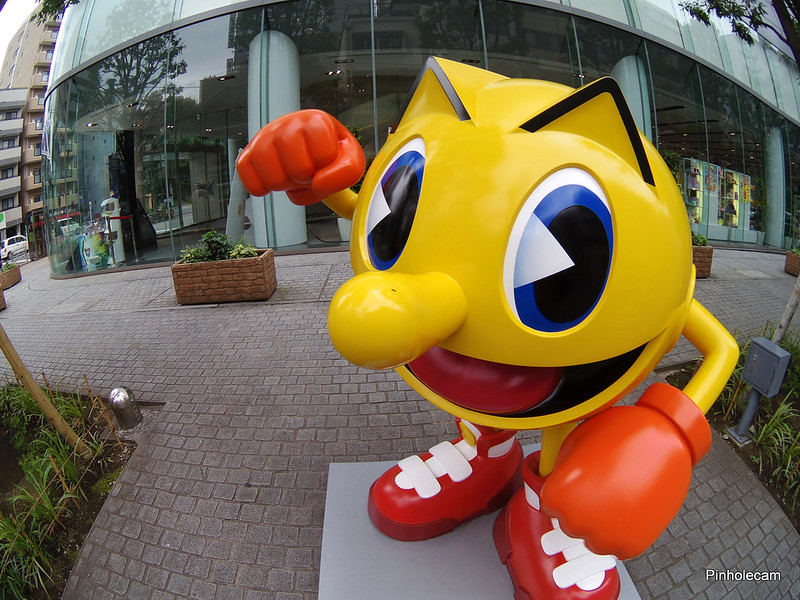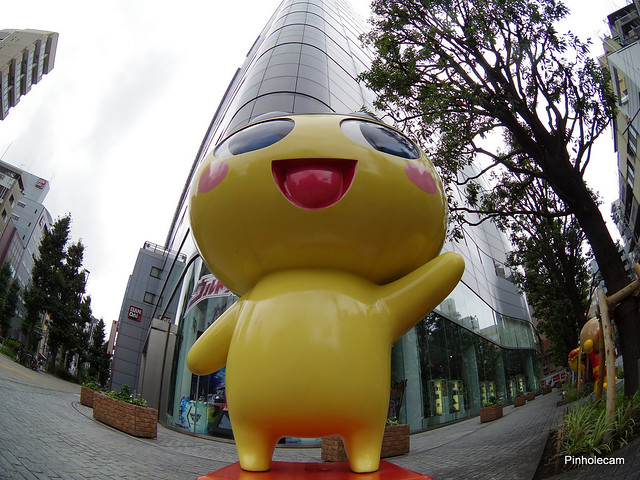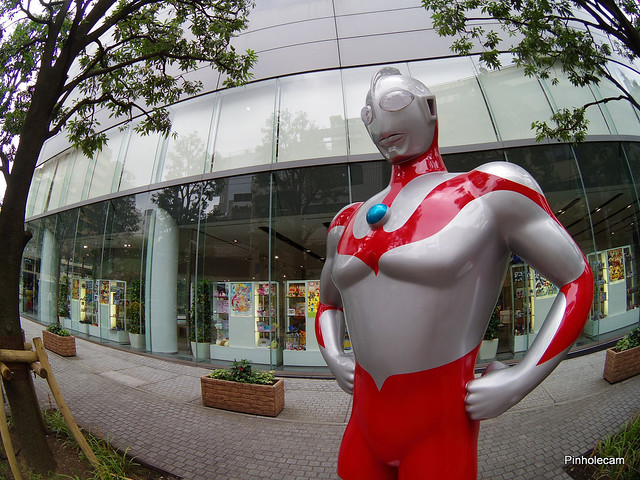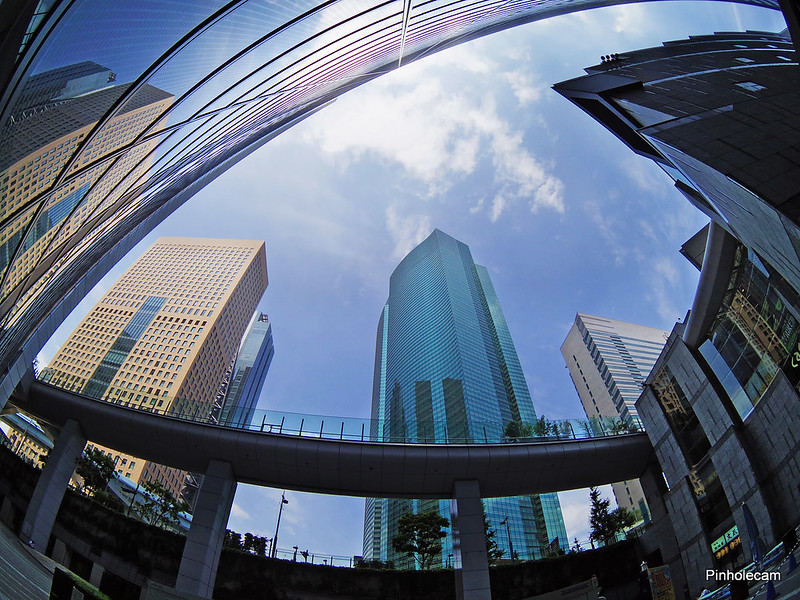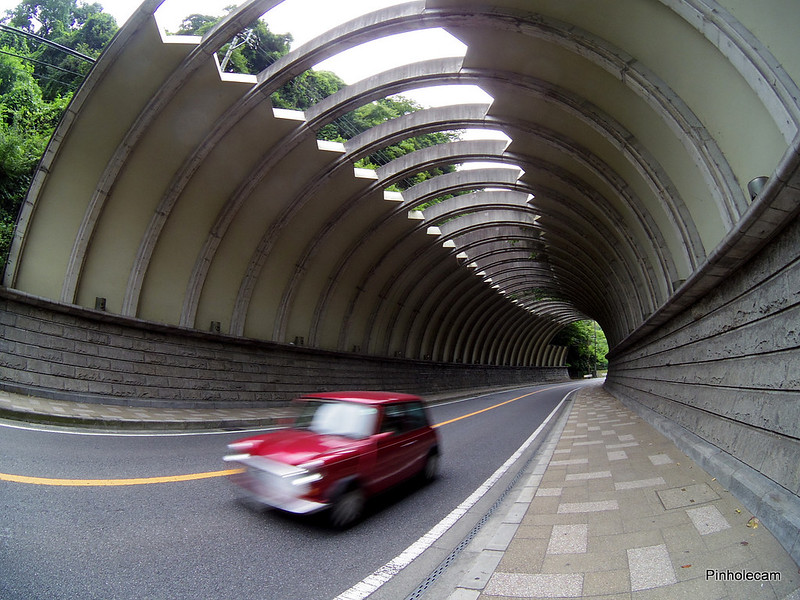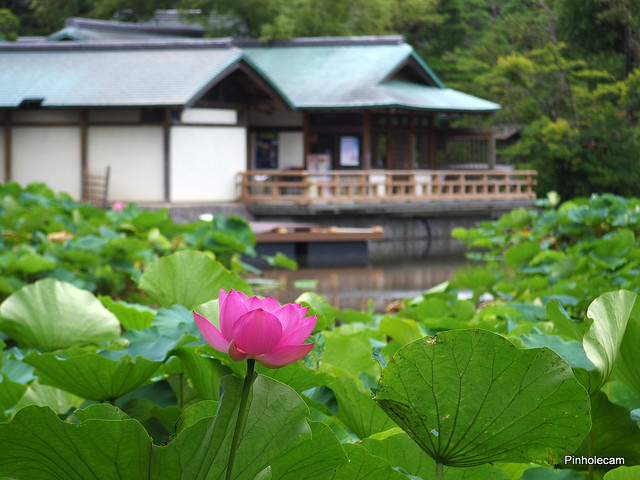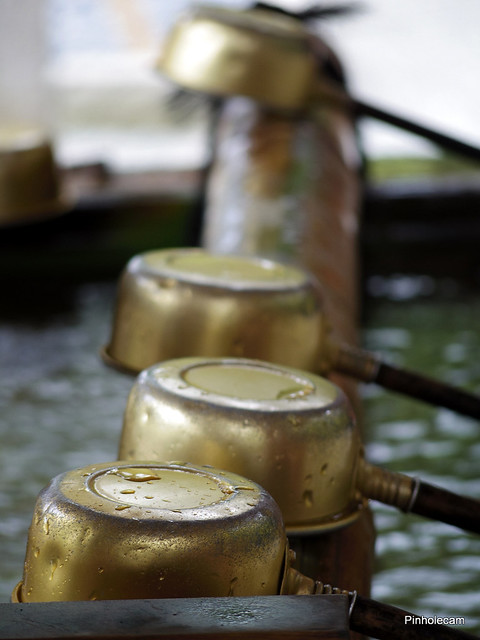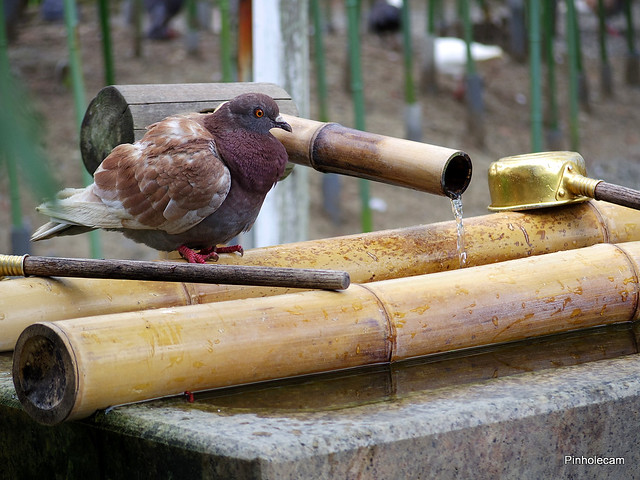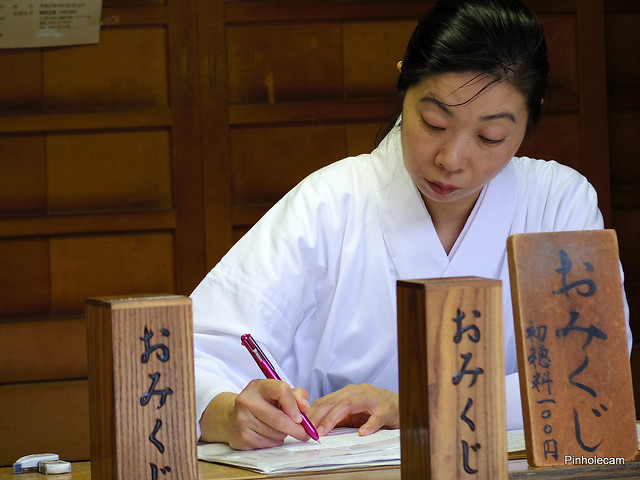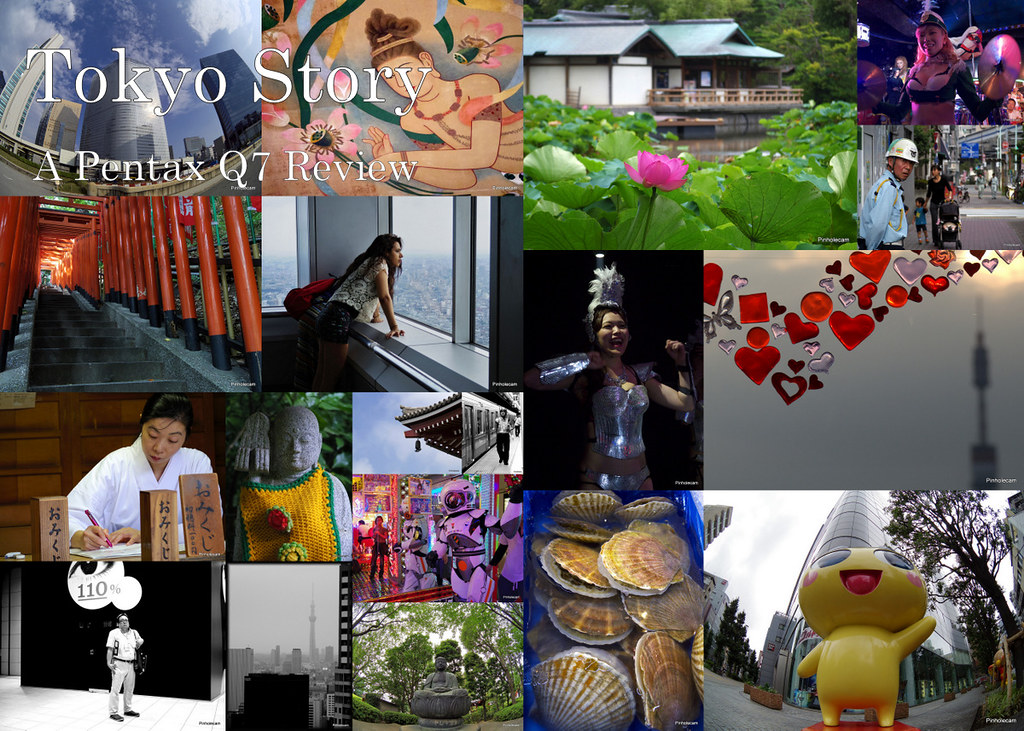
The Q7 is Pentax latest revision of its tiny Interchangeable Lens Camera (ILC) named the Q series.
When the original Q system was launched in Jun2011, pundits said it was a joke just basing off its small sensor size (1/2.3" sensor).
But I reviewed the original Q here ( http://www.clubsnap.com/forums/reviews/1130914-pentax-q-real-world-user-review.html ) and was happy with what I found.
Super macro and telephoto opportunities with the crop factor as well as a really fun camera to use.
Then came the next version the Q10 which was also reviewed here :
http://www.clubsnap.com/forums/reviews/1218141-pentax-q10-quick-review.html
Pretty much the same as the original Q but with a lighter plastic body and slightly faster processor.
With the Q7, Pentax has revised its sensor size going from the small 1/2.3" sensor to a 1/1.7" backlit CMOS image sensor.
The larger sensor size promises an improvement in image quality and high ISO noise.
Pentax claims a 60% improvement in S/N ratio over the existing Q10.
This improvement also allows the camera to focus faster in low light.
Its was one of the factors that made me decide to get the camera as well as the new wider crop factor of x4.55 (over the x5.6 crop factor of the Q/Q10).
I'll elaborate more of this later.
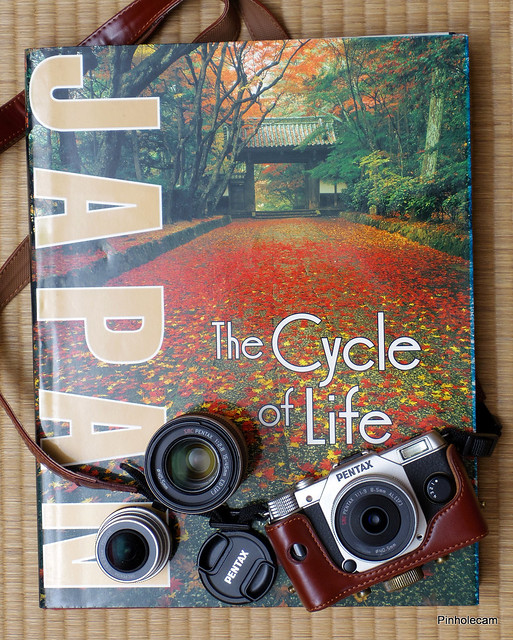
Q7 with 01 prime; 06 zoom and Toy fisheye lenses.
A fun and versatile kit that is small and weighs very little
Since the Q7 is not available for sale elsewhere except Japan, until Sept2013, I'll list down a bit of the specs here :
(btw, I'm doing a very poor job of listing and organizing these numbers.... boring stuff... its actually easier to follow this link to the official Pentax Q7 and/or DPReview site where its listed nicely)
PENTAX - Q7 Black
Pentax announces Q7 with larger 12MP BSI CMOS sensor: Digital Photography Review
Sensor
Max resolution 4000 x 3000
Effective pixels 12.4 megapixels
Sensor size 1/1.7" (7.44 x 5.58 mm)
Sensor type BSI-CMOS
Image
White balance presets 9
Custom white balance Yes
Image stabilization Sensor-shift
Uncompressed format RAW
JPEG quality levels Good, Better, Best
File format RAW (12bit): DNG, JPEG
Focal length multiplier 4.7×
Screen size 3″
Screen dots 460,000
Screen type TFT color LCD monitor, wide angle viewing, AR coating
Live view Yes
Viewfinder type Optical (optional)
Photography features
Minimum shutter speed 30 sec
Maximum shutter speed 1/2000 sec (built in ND filter available)
Exposure modes
Program Auto Exposure, Shutter Priority, Aperture Priority, Manual Exposure, Bulb, Blur Control (JPEG only) Standard, Portrait, Landscape, Macro, Night Scene Portrait, Night Scene, Blue Sky, Forest
Built-in flash Yes (Built-in retractable P-TTL flash)
Flash range 4.9 m (ISO100/m)
External flash Yes
Flash modes P-TTL, Red-eye Reduction, Slow-speed Sync, Trailing Curtain Sync
Flash X sync speed 1/2000 sec
Drive modes
Single frame, Continuous (Hi, Lo), Self-timer (12s, 2s), Remote Control (0 sec., 3 sec., continuous), Exposure Bracketing (3 frames, remote control), Multi-exposure (0 sec., Self-time, remote control), Interval Shooting
Self-timer Yes (12 sec, 2 sec)
Metering modes
Multi
Center-weighted
Spot
Exposure compensation ±3 (at 1/3 EV steps)
AE Bracketing (3 frames at 1/3 EV steps)
Videography features
Format
MPEG-4
H.264
Microphone Mono
Speaker Mono
Resolutions FullHD(1920x1080, 30fps/25fps/24fps), HD(1280x720,16:9,30fps/25fps/24fps), VGA(640x480,4:3,30fps/25fps/24fps)
Weight (inc. batteries) 200 g (0.44 lb / 7.05 oz)
Dimensions 102 x 58 x 34 mm (4.02 x 2.28 x 1.34″
Other features
Timelapse recording Yes (3 sec. to 24 hr., Start Interval setting: immediately from the set time. Number of shots: up to 999 images)
Last edited:



